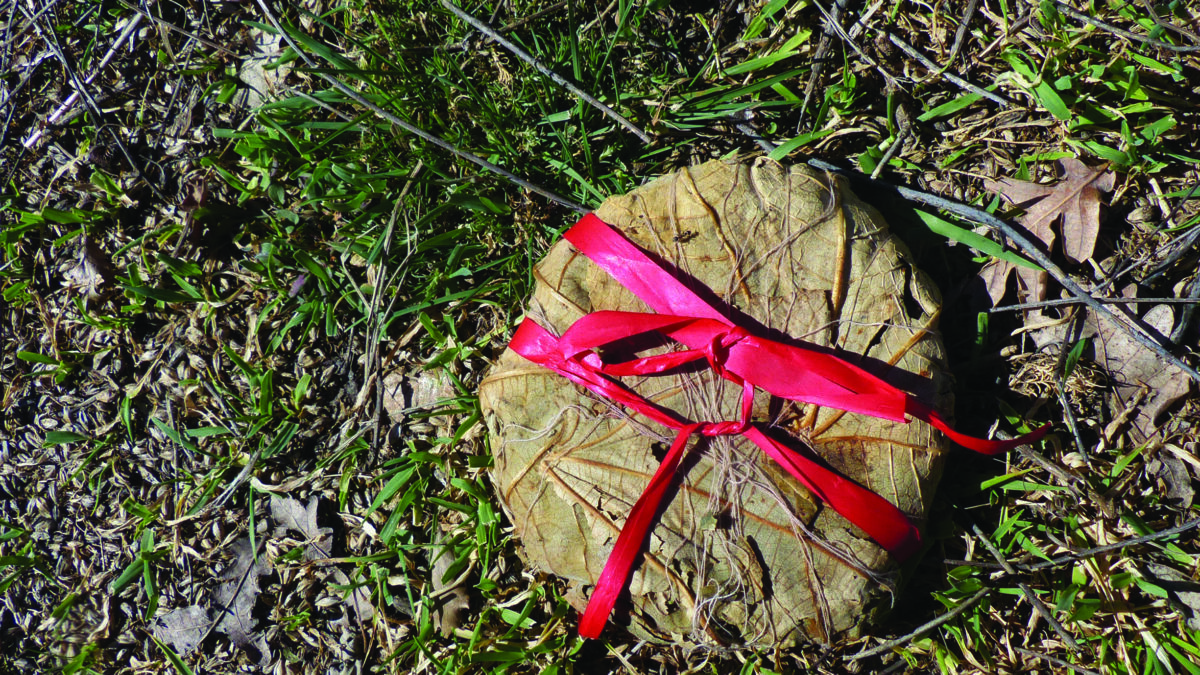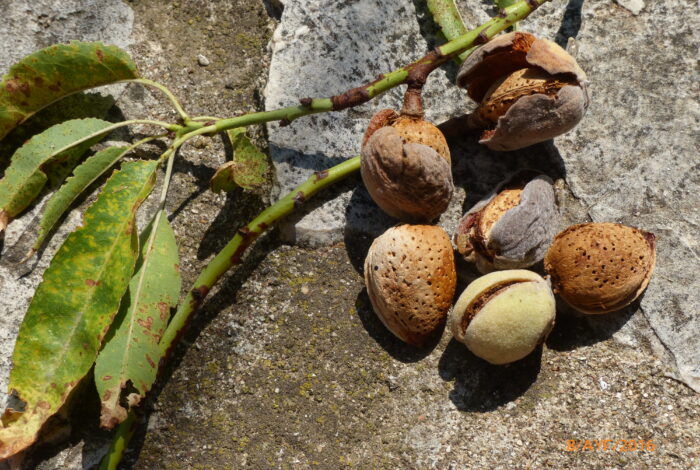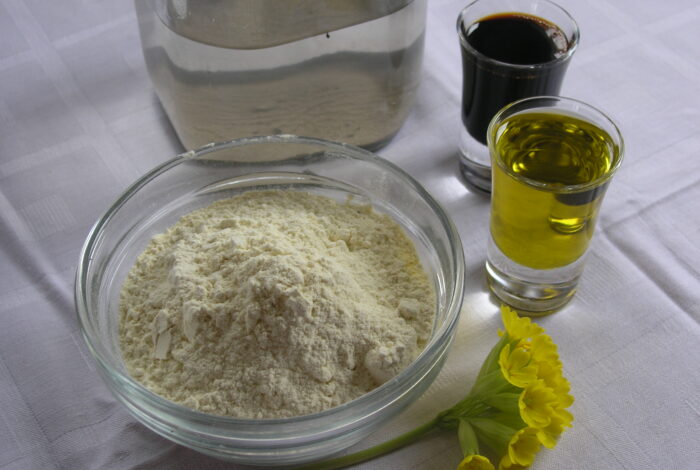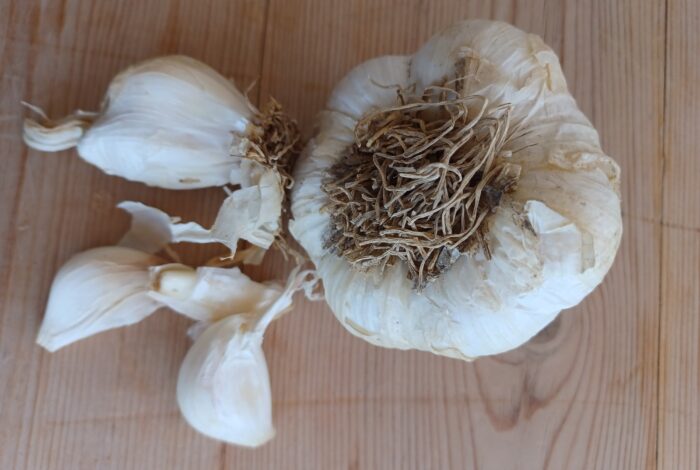Soultana-Maria Valamoti
Figs are a source of natural sugars and have been cultivated in Greece since prehistoric times. People living in as early as the neolithic period (7th – 4th millennium BC) would harvest and dry out figs for consumption throughout the year, a fact demonstrated by the high concentration of figs in certain prehistorical archaeological sites. The Mycenaeans were heavily involved in fig cultivation; figs were given as rations to workers at Mycenaean palaces and offered as part of religious ceremonies.
References to figs and fig trees abound in Greek literature, starting as early as Homer, in the 8th century BC. Linear B tablets show that the Mycenaeans (latter half of the 2nd millennium BC) had associated figs with vineyards. In fact, we even know of joint cultivation of both crops, with fig trees being used as supports on which vines grew. Figs and vines also featured in the tidy gardens of the Odyssey’s mythical heroes, such as Laertes. This association between the two crops seems to have continued into the historical period; Hipponax, writing in the 6th century BC, notes that black figs go hand-in-hand with grape vines.
The cultivation of figs and grapes side by side is also evident in a recipe that combines figs with grape seeds. It showcases that figs can be consumed in other ways, apart from fresh or dried. According to Hesychius (6th century A.D.), people in antiquity would prepare a confection made of figs and ‘gigarta’ (grape seeds) and cooked in the oven. This confection was known as ‘lolon’ and is also mentioned by Pollux in his Onomasticon (2nd century A.D.). As Hesychius relates, it was regularly offered to children as a meal; given its sweetness, it was certain to have been quite popular and may have been a rather healthier alternative to the biskotoloukouma children eat in the modern day. The comic playwright Cratinus (5th century BC) mentions ‘kopti ischada’, which might be a reference to ground dried figs and is reminiscent of sykomaida, a modern-day fig-based confection. The Roman author Columella (1st century A.D.) preserves a detailed such recipe in his De re rustica. According to his account, ripened figs would be harvested and laid out in the sun for a few days to dry. Afterwards, they would be crushed by foot and then mixed with roasted sesame, anise and cumin and fennel seeds to form small lumps, which would then be wrapped in fig leaves, tied shut, spread on reeds to dry in the sun, and finally, stored in tarred containers.
Sweet figs continue to be cultivated throughout Greece today. In fact, places such as the Ionian Islands, Crete, and elsewhere preserve their very own versions of these lumps of crushed fig, known as sykomaida; this recipe is reminiscent of the ancient lolon: recently dried figs crushed into a uniform paste, just like in antiquity. The difference here is that instead of grape seeds, modern-day sykomaida is made with the addition of spices and, in some places, sesame. Modern sykomaida is rather more similar to the Roman recipe, and especially so in Corfu, where they continue the tradition of wrapping it in fig leaves.










